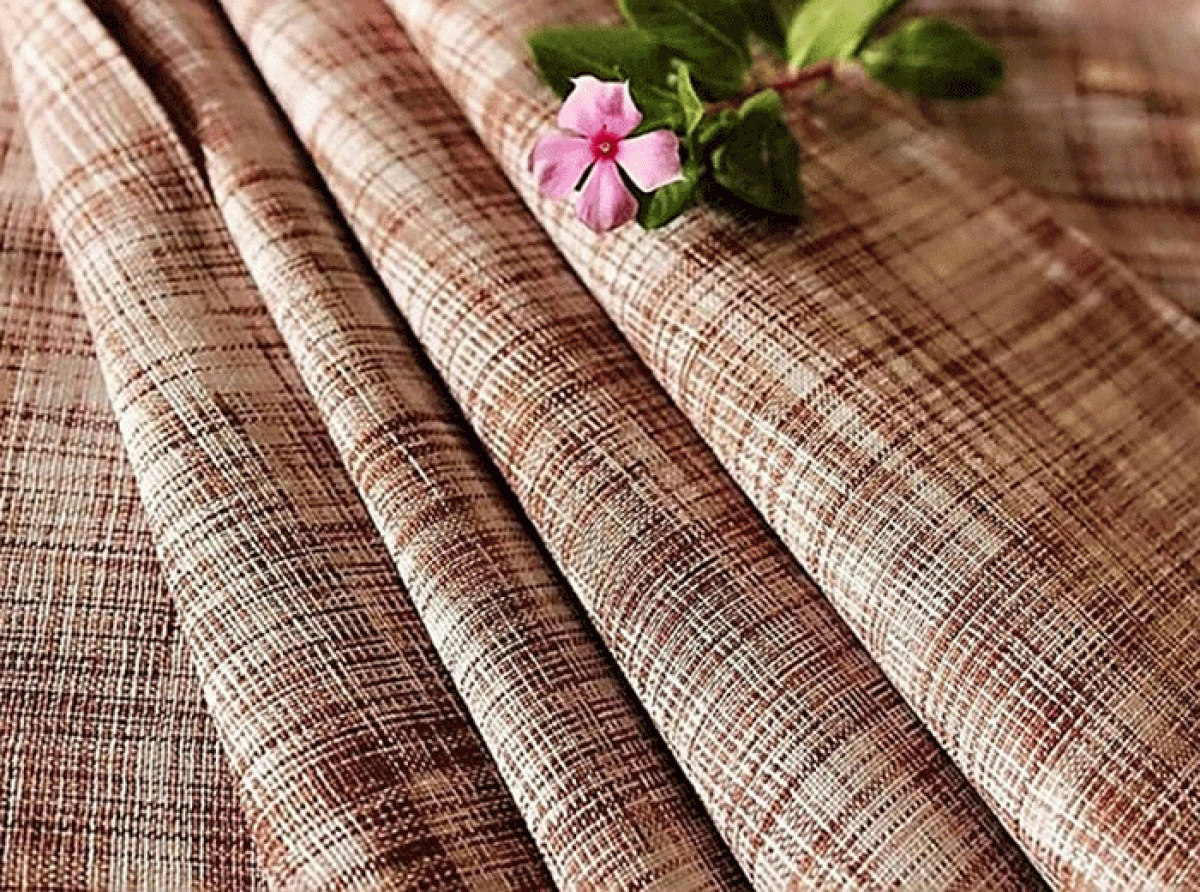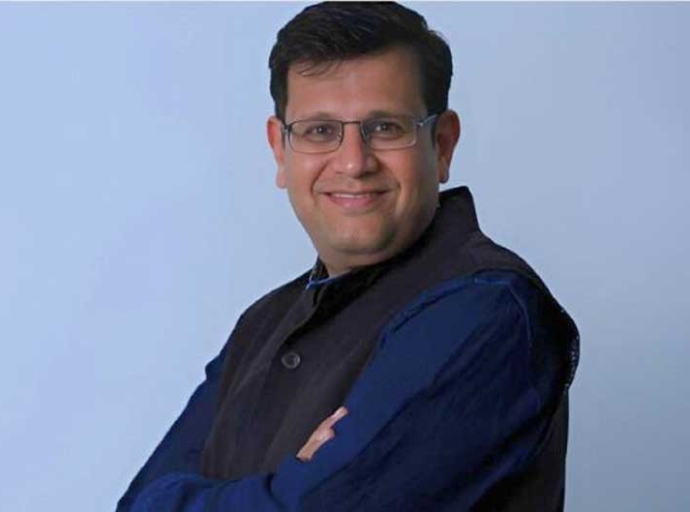Awareness, affordability can boost Khadi demand in India

9th Aug 2021, Mumbai:
Earlier known as the common man’s material, Khadi has now metamorphosed into a fashion fabric for the sophisticated and elite. The garment has moved away from its humble origin to acquire a new status symbol.
Most Khadi garments in India are sold through Khadi emporiums located across the country. These emporiums are known to sell some high-quality readymade kurtas for men. However, the garments for women are poorly designed. Besides, they are not always affordable even though the emporiums run on government subsidies.
Demand declines as consumers opt for softer fabrics
As per a New India Express report there is vast difference between the Khadi fabric was available earlier, and one currently sold. The khadi sold during the times of Mahatma Gandhi was entirely handwoven. Today, only Ponduru in Andhra Pradesh sells handwoven Khadi. Elsewhere, the fabric is made in a sem-mechanized way.
The Khadi available today also has polyester yarn weaved into it. These yarns make the fabric smoother more colorful. They not only retain the patriotic fervor of the fabric but also make it more elegant and versatile. However, demand for Khadi fabric in India is on the decline as consumers tastes have changed. Instead of the coarser material they are now opting for softer fabrics like mulmul that are kinder to the skin. This has limited Khadi use to the upper echelons of society.
More skill training required
Designer Nalini Sriram believes, Khadi is going the way handloom and even cotton went. Middle class consumers no longer want to wear Khadi and are opting for more synthetic materials. This makes Khadi’s survival difficult. A few designers and organizations are supporting the growth of the fabric. However, its high prices prevent these garments from percolating down to the lower sections of the society. Experts feel, the government needs to encourage more skill training in the sector. It needs to guide NIFT students to create a formidable team of Khadi designers.
Improving accessibility
However, this may not always translate into tangible results, says Bessie Cecil, a textile expert. The recruited members of the Khadi board may run successful labels and have excellent business but they rarely have a proper understanding of the subject. They need to be educated about the benefits of the material.
Khadi also suffers from government apathy as a huge stock often lies unused in emporium’s godowns. It rarely reaches stores across the country. Khadi Bhandars can help solve this problem by making the fabric available to general public, adds Sriram.
Latest Publications

































